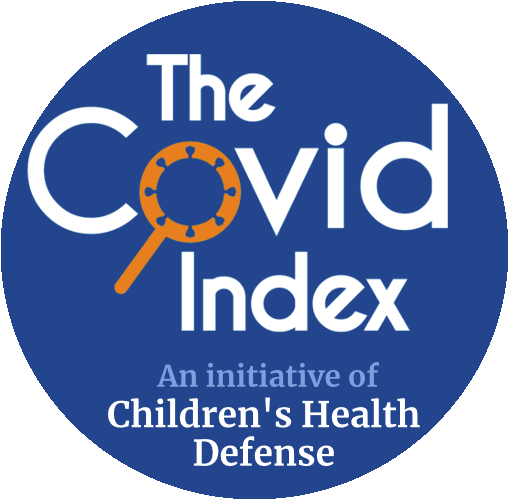National Terrorism Advisory System Bulletin
"The United States remains in a heightened threat environment fueled by several factors, including an online environment filled with false or misleading narratives and conspiracy theories, and other forms of mis- dis- and mal-information (MDM) introduced and/or amplified by foreign and domestic threat actors. These threat actors seek to exacerbate societal friction to sow discord and undermine public trust in government institutions to encourage unrest... While the conditions underlying the heightened threat landscape have not significantly changed over the last year, the convergence of the following factors has increased the volatility, unpredictability, and complexity of the threat environment: (1) the proliferation of false or misleading narratives, which sow discord or undermine public trust in U.S. government institutions...
Additional Details
The primary terrorism-related threat to the United States continues to stem from lone offenders or small cells of individuals who are motivated by a range of foreign and/or domestic grievances often cultivated through the consumption of certain online content. The convergence of violent extremist ideologies, false or misleading narratives, and conspiracy theories have and will continue to contribute to a heightened threat of violence in the United States.
Key factors contributing to the current heightened threat environment include:
- The proliferation of false or misleading narratives, which sow discord or undermine public trust in U.S. government institutions:
- For example, there is widespread online proliferation of false or misleading narratives regarding unsubstantiated widespread election fraud and COVID-19...
- Continued calls for violence directed at U.S. critical infrastructure; soft targets and mass gatherings; faith-based institutions, such as churches, synagogues, and mosques; institutions of higher education; racial and religious minorities; government facilities and personnel, including law enforcement and the military; the media; and perceived ideological opponents: ...
- As COVID-19 restrictions continue to decrease nationwide, increased access to commercial and government facilities and the rising number of mass gatherings could provide increased opportunities for individuals looking to commit acts of violence to do so, often with little or no warning. Meanwhile, COVID-19 mitigation measures—particularly COVID-19 vaccine and mask mandates—have been used by domestic violent extremists to justify violence since 2020 and could continue to inspire these extremists to target government, healthcare, and academic institutions that they associate with those measures...
How We Are Responding
- DHS and the Federal Bureau of Investigation (FBI) continue to share timely and actionable information and intelligence with the broadest audience possible. This includes sharing information and intelligence with our partners across every level of government and in the private sector...
- DHS’s Office of Intelligence and Analysis ... expanded its evaluation of online activity as part of its efforts to assess and prevent acts of violence...
- DHS is working with public and private sector partners, as well as foreign counterparts, to identify and evaluate MDM [mis- dis- and mal-information], including false or misleading narratives and conspiracy theories spread on social media and other online platforms that endorse or could inspire violence...
Stay Informed and Prepared
- ... Keep yourself safe online and maintain digital and media literacy to recognize and build resilience to false or misleading narratives...
Report Potential Threats
- ... If You See Something, Say Something®. Report suspicious activity and threats of violence, including online threats, to local law enforcement, FBI Field Offices, or your local Fusion Center...
If You See Something, Say Something®. Report suspicious activity to local law enforcement or call 911.
The National Terrorism Advisory System provides Americans with alert information on homeland security threats. It is distributed by the Department of Homeland Security."
This bulletin is a work of the United States government. Such works are not entitled to domestic copyright protection under U.S. law and are therefore in the public domain.
